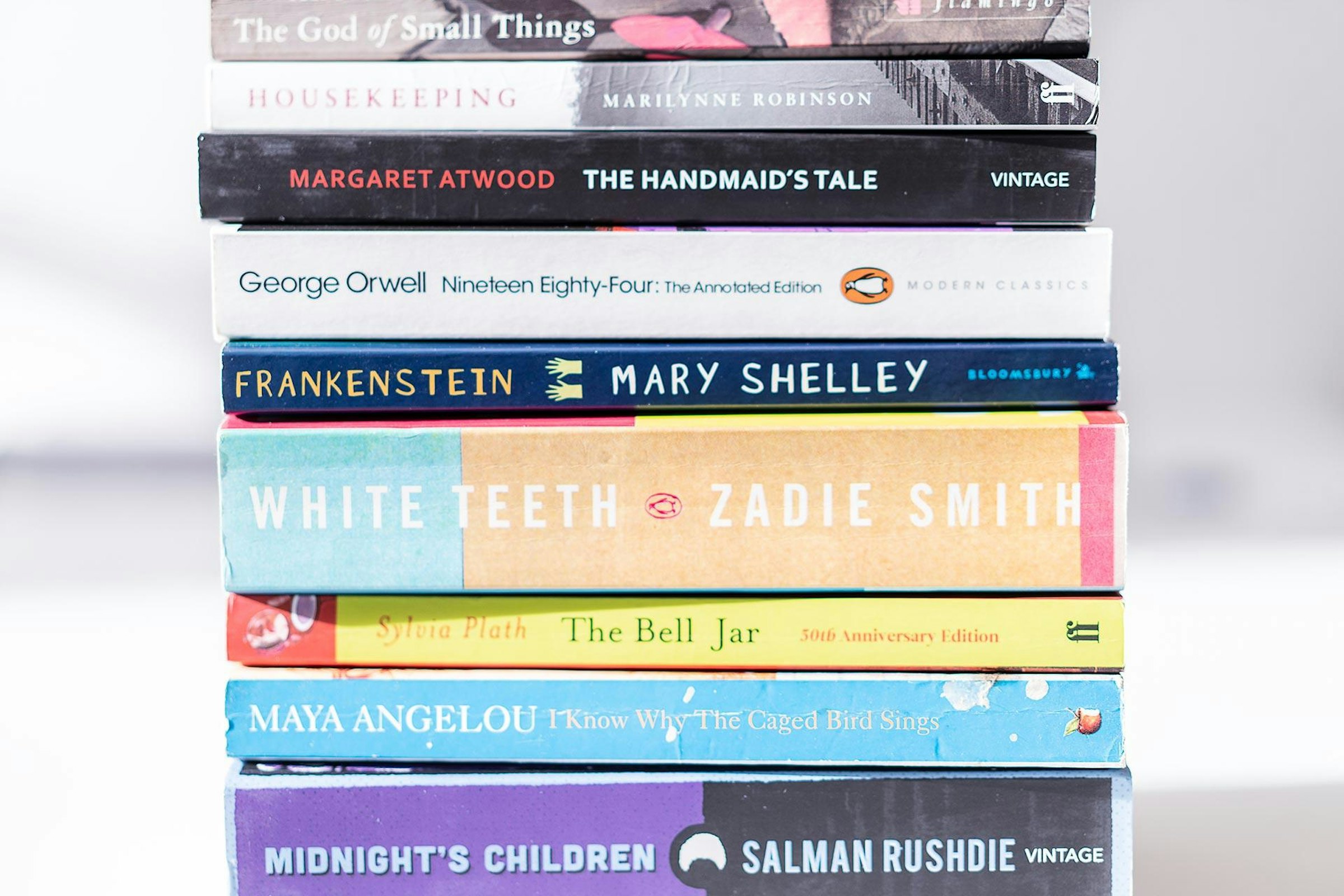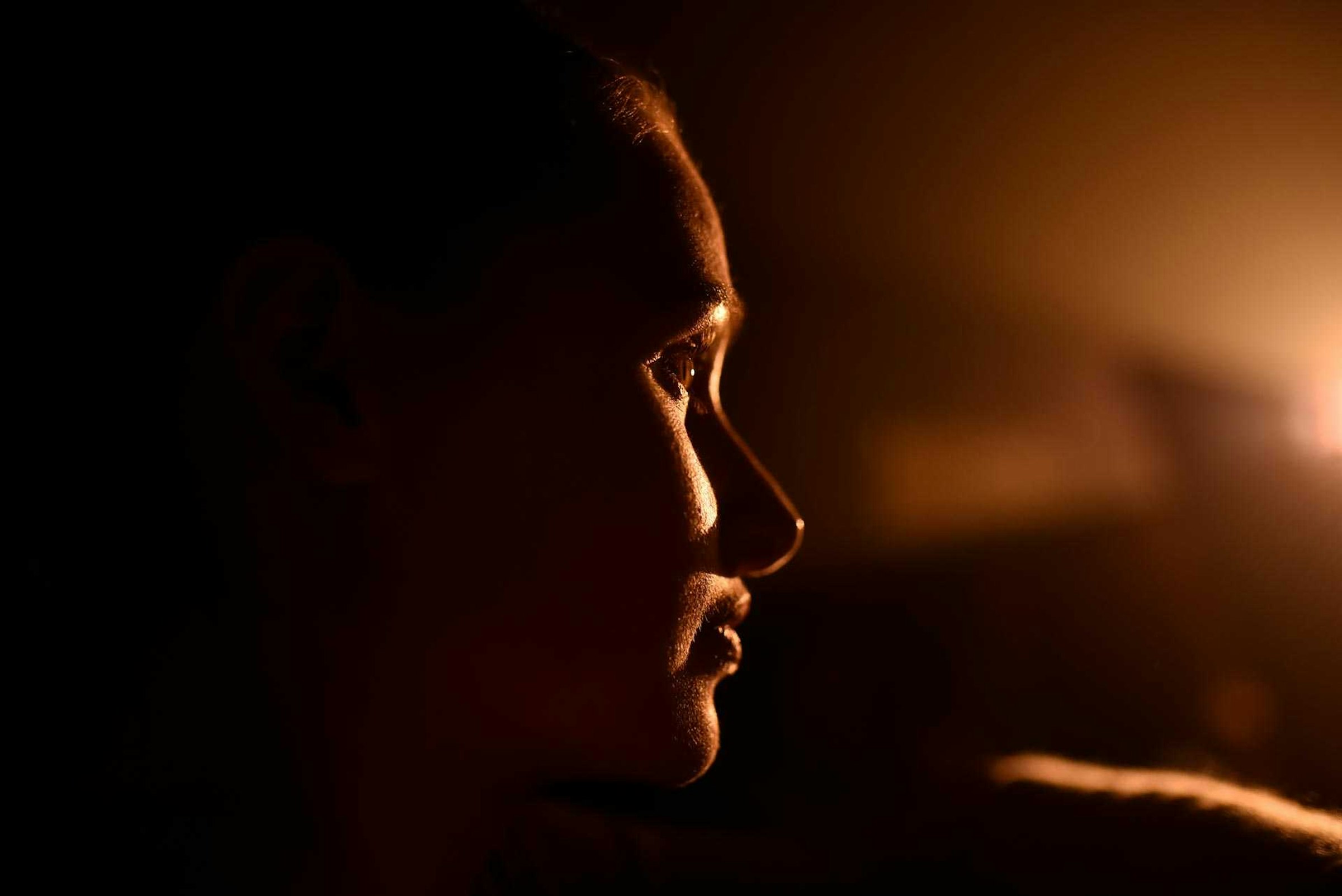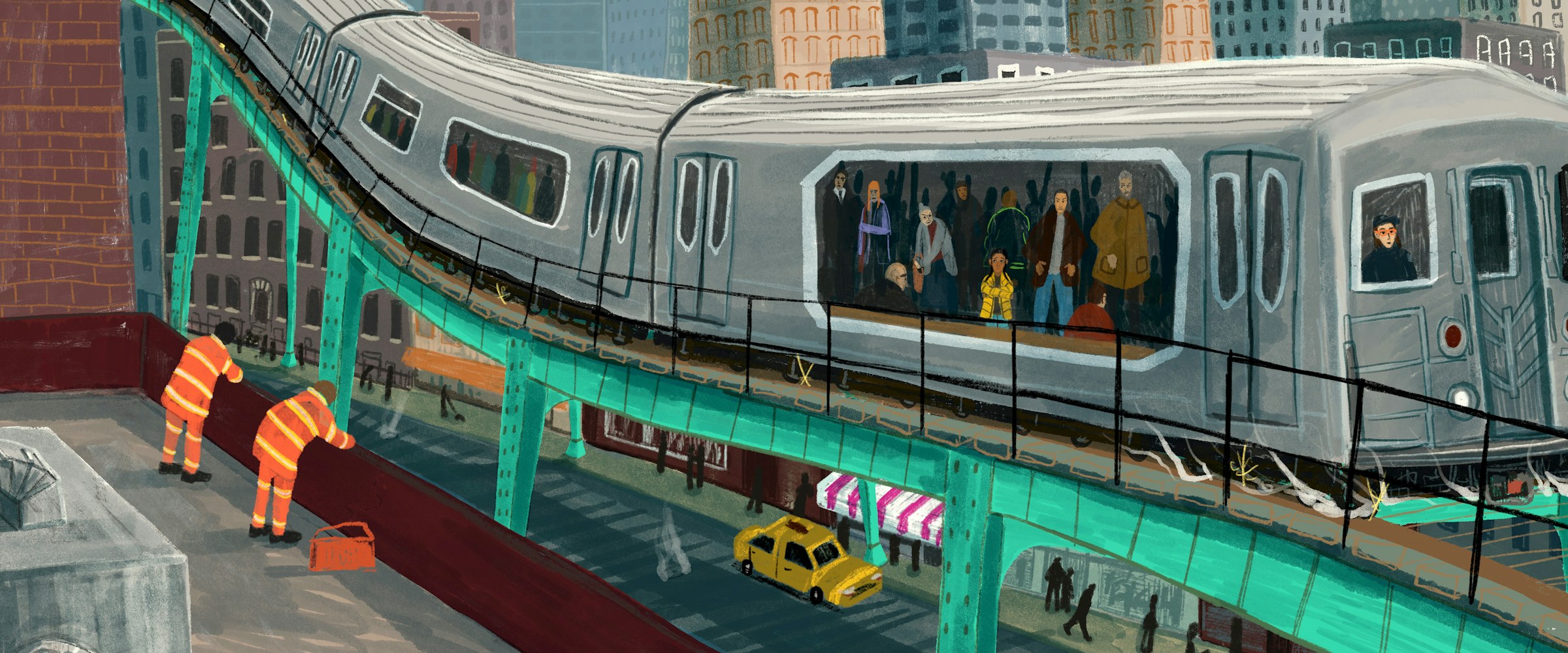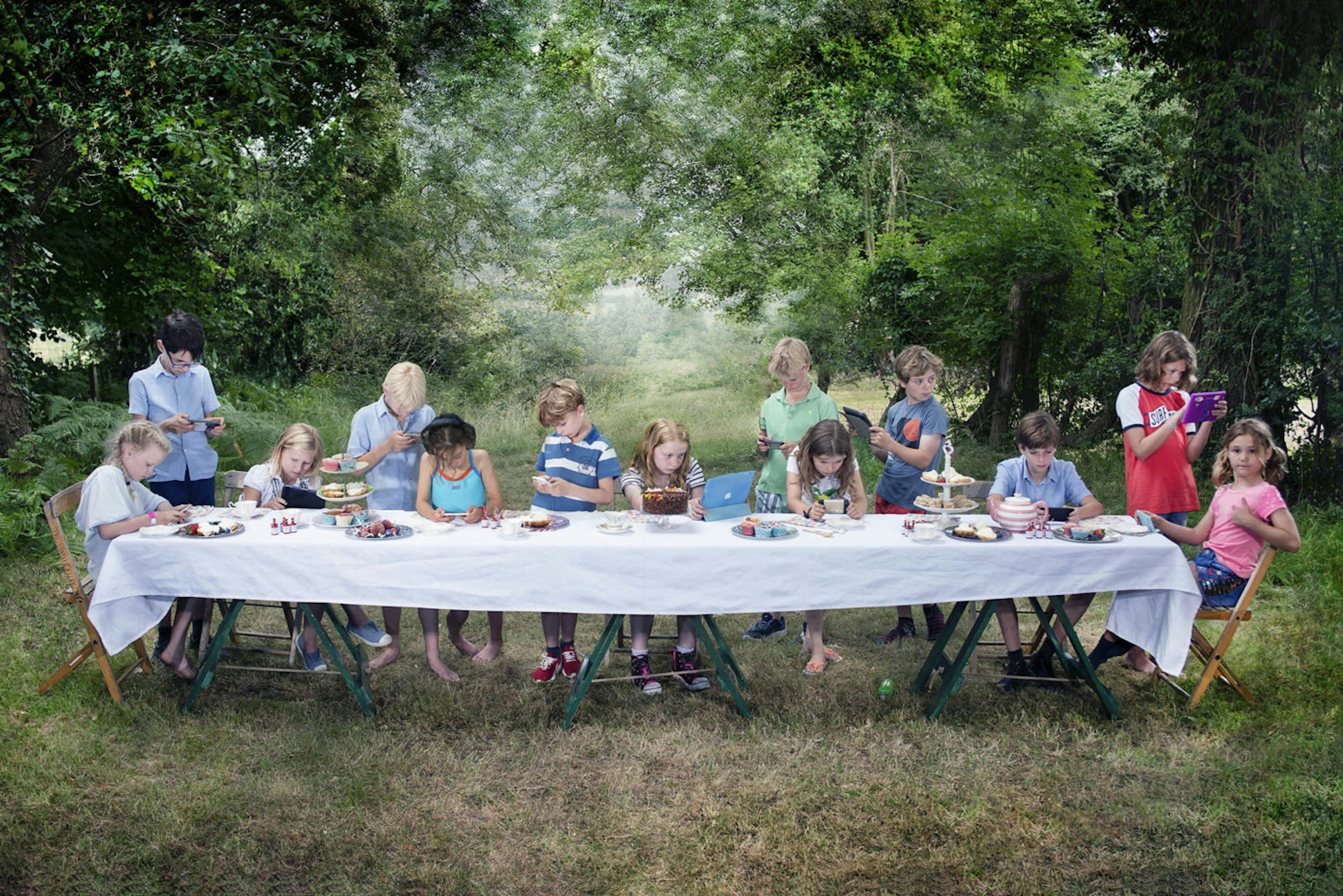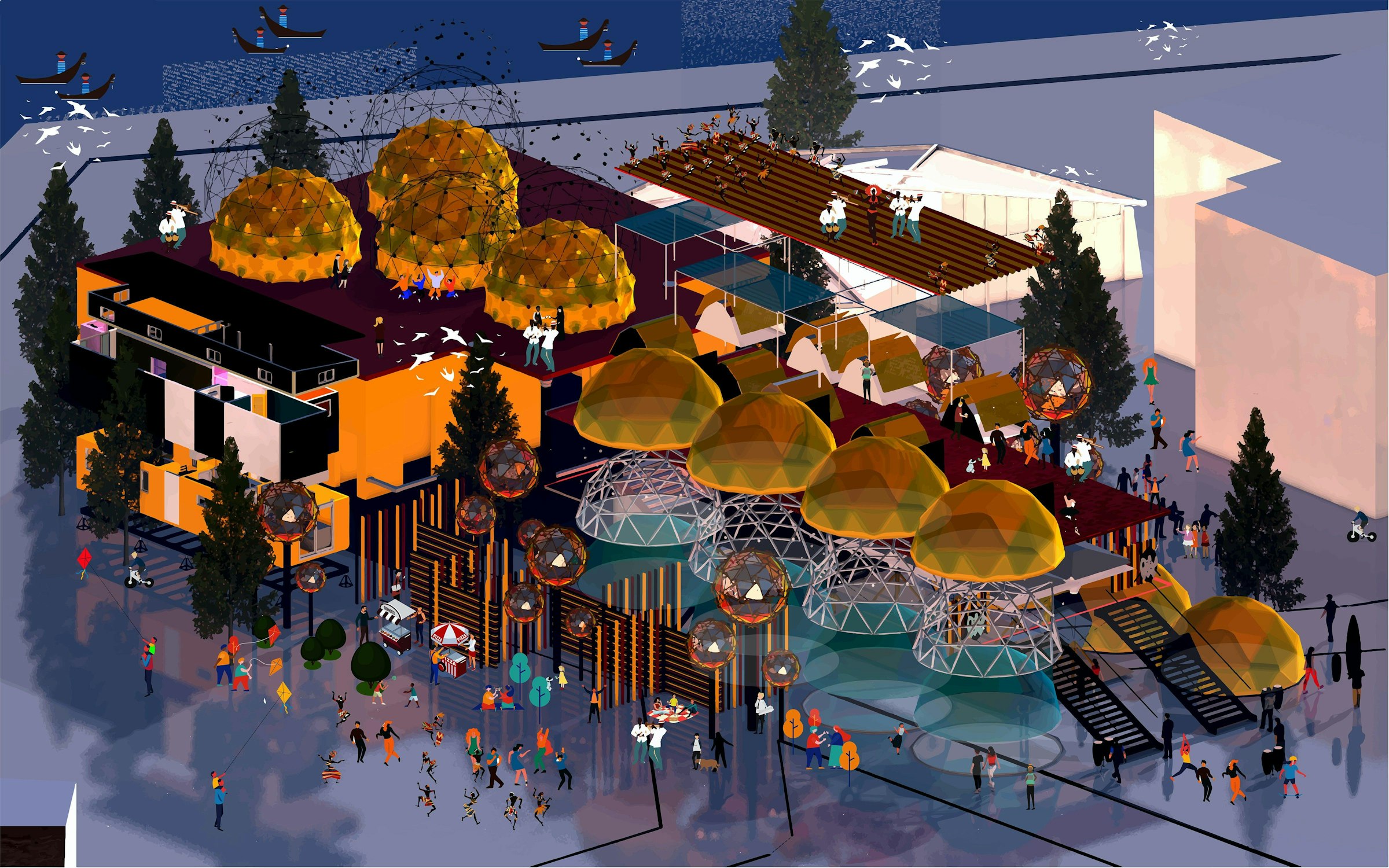You are using an outdated browser. Most of this website should still work, but after upgrading your browser it will look and perform better.
- Home
- Undergraduate Courses
- BA (Hons) Architecture (Part 1 RIBA/ARB)
BA (Hons) Architecture (Part 1 RIBA/ARB)
- Duration: 3 years full-time
- Course code: K100 (UCAS)
- Institution code: A66 (UCAS)
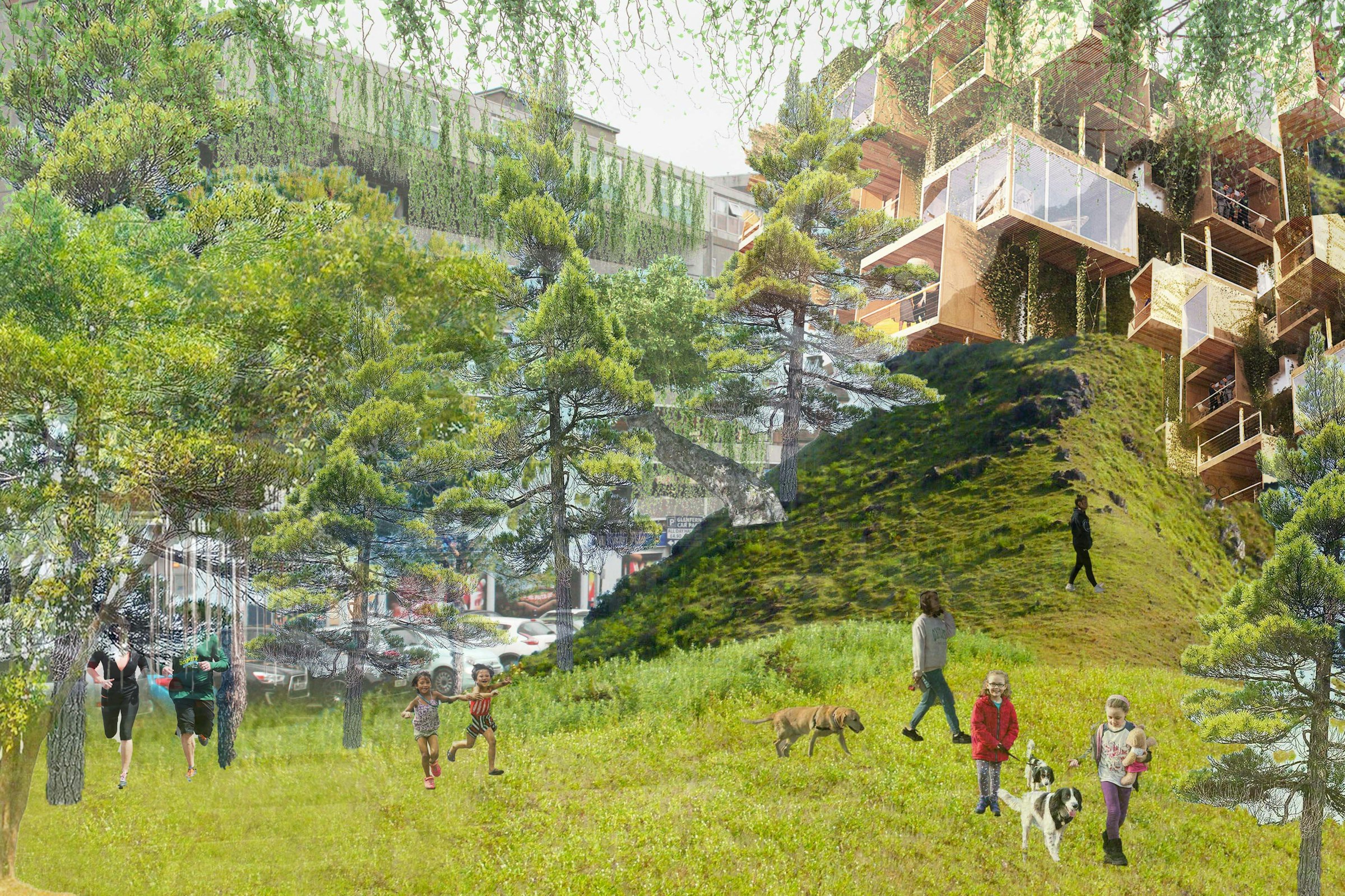
Overview
On BA (Hons) Architecture, you’ll work within the context of a studio-based arts university, where everyone shares an interest in different forms of making.

Immerse yourself in a world of material, design and environments.
We're all about developing solutions through a practical approach between ourselves and the spaces we occupy.

We'll help you prepare for professional practice and investigate the ways we live.
Develop as a maker, collaborator, designer and communicator, and form the foundation of your architecture career.
Watch our course videos
Discover from current students Dexter, Brad and Asta what you can expect while studying BA (Hons) Architecture (Part 1 RIBA/ARB) here at AUB.
This content can't be displayed, please accept marketing, statistics cookies to view
Accept to viewThis content can't be displayed, please accept marketing, statistics cookies to view
Accept to viewThis content can't be displayed, please accept marketing, statistics cookies to view
Accept to viewStudent gallery
Want to be inspired? See some of the work produced by our BA (Hons) Architecture students and alumni.
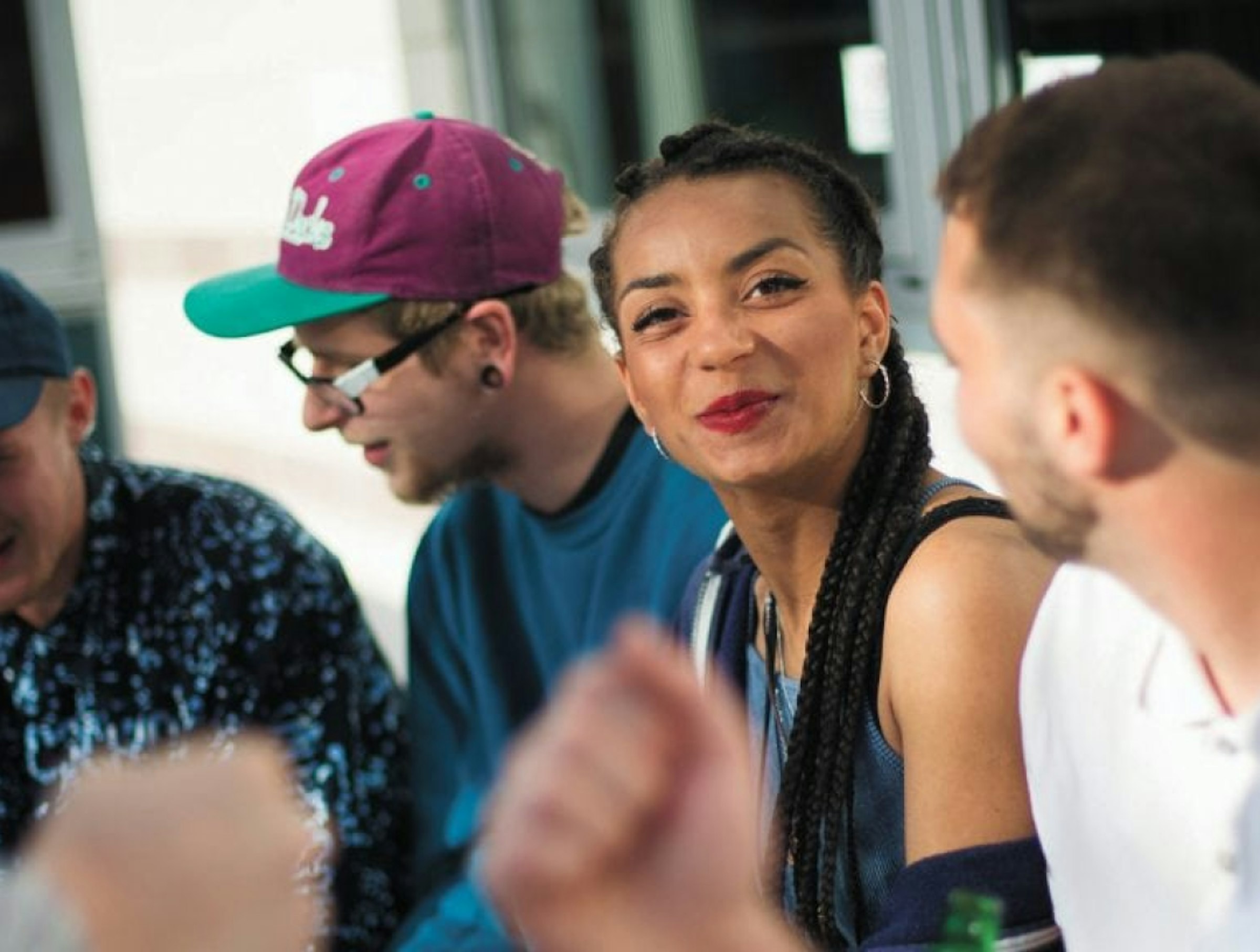
Chat to a student
Our student ambassadors are here to answer any questions you might have on university life, our courses and all things AUB.
Chat on Unibuddy









